Karol
-
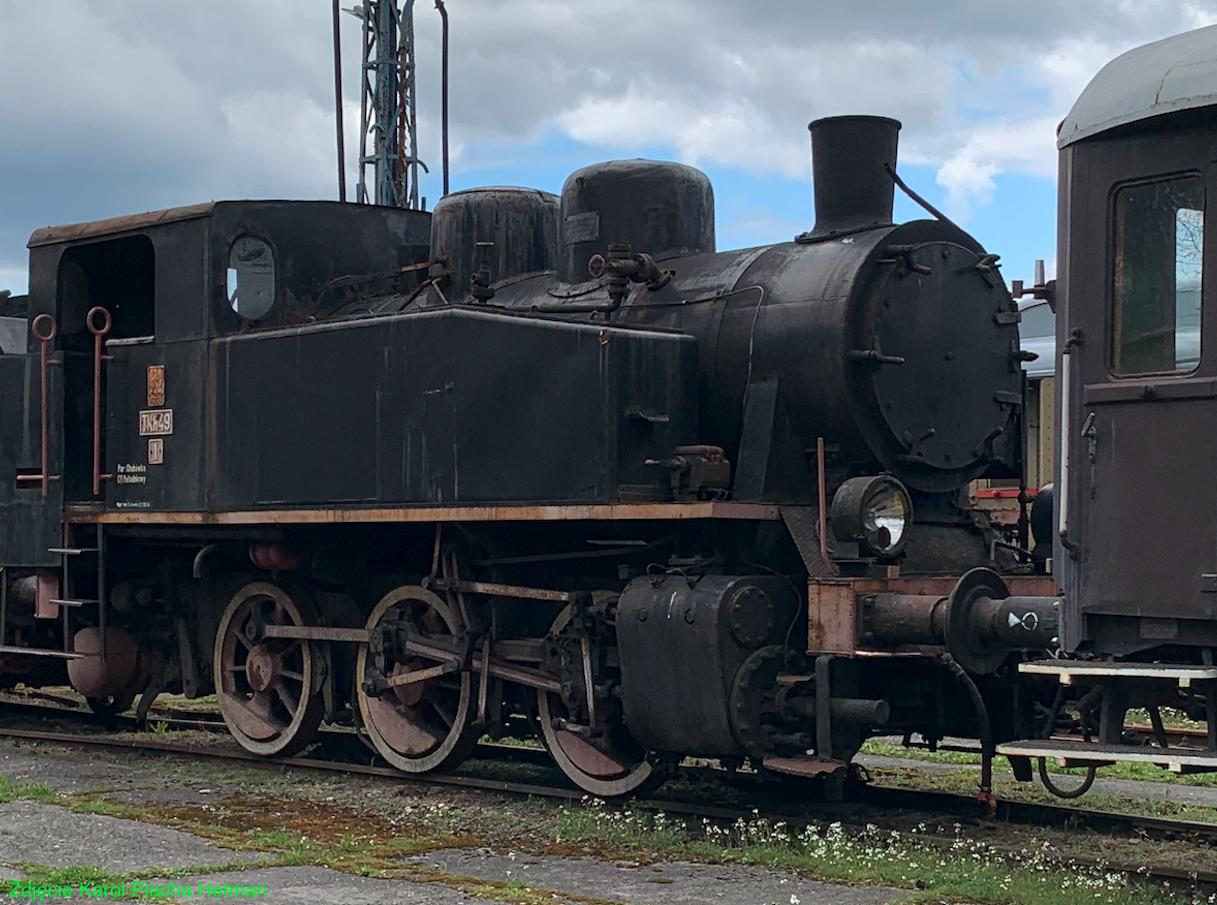
PKP Pyrzyce. 2023
Pyrzyce 2023-03-10 Railway station in Pyrzyce. Geographic coordinates: 53.147N 14.884E. Elevation 38 m. Pyrzyce railway junction. The railway station in Pyrzyce was launched on August 31, 1882. At that time, the railway line Stargard – Pyrzyce – Myślibórz – Kostrzyn was opened. The new route made it possible to significantly shorten the journey from Stargard…
-
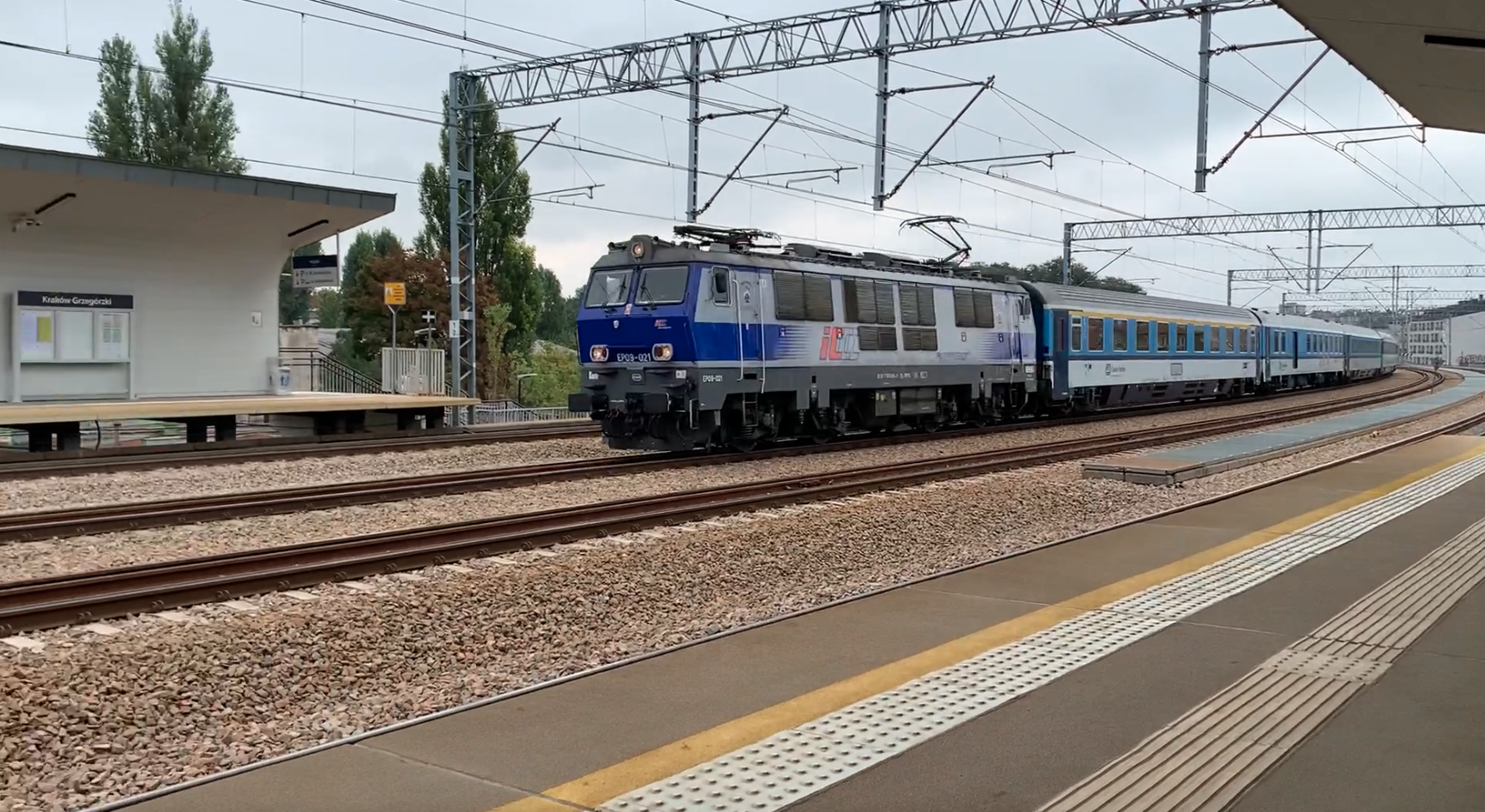
PKP Train InterCity „Cracovia” EC114 Przemyśl – Praga. 2025
Kraków 2025-08-30 PKP Train InterCity „Cracovia” EC114 Przemyśl – Praga. The PKP InterCity EC114 Przemyśl-Prague train is one of the international trains running on Polish tracks. Plans to launch this connection emerged with the new 2020/2021 timetable, according to statements from PKP InterCity management and Czech carriers. In fact, the trains were launched in August…
-
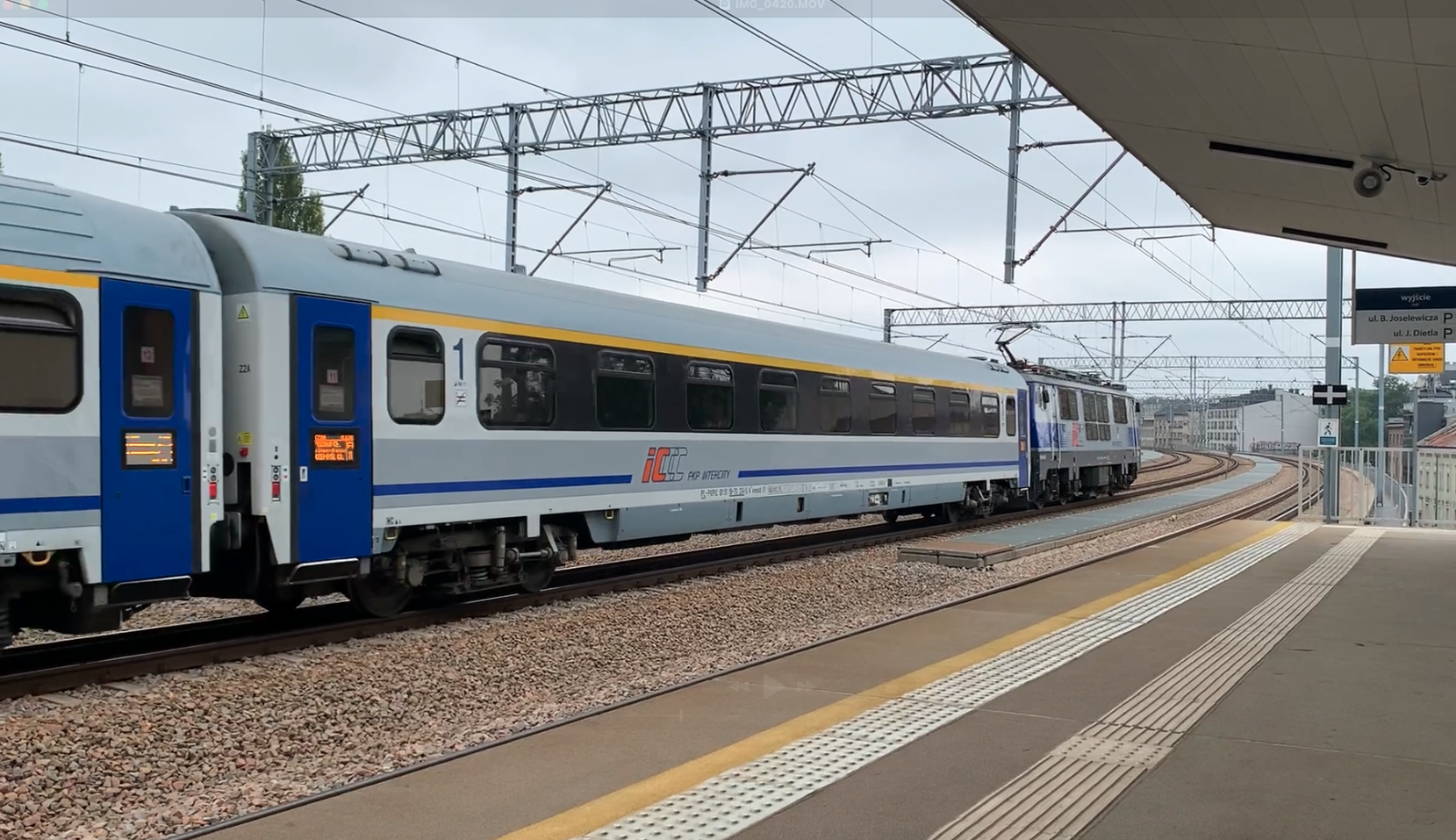
PKP InterCity Train “Ślązak” Poznań – Przemyśl. 2025
Poznań 2025-08-28 InterCity train “Ślązak” Poznań Główny – Przemyśl Główny. PKP InterCity. PKP InterCity is a Polish rail carrier belonging to the PKP Group. It provides long-distance passenger transport. In Poland, it accounts for 15% of passenger transport in terms of passenger numbers, but 53% in passenger-kilometer travel. The company was founded on August 30,…
-
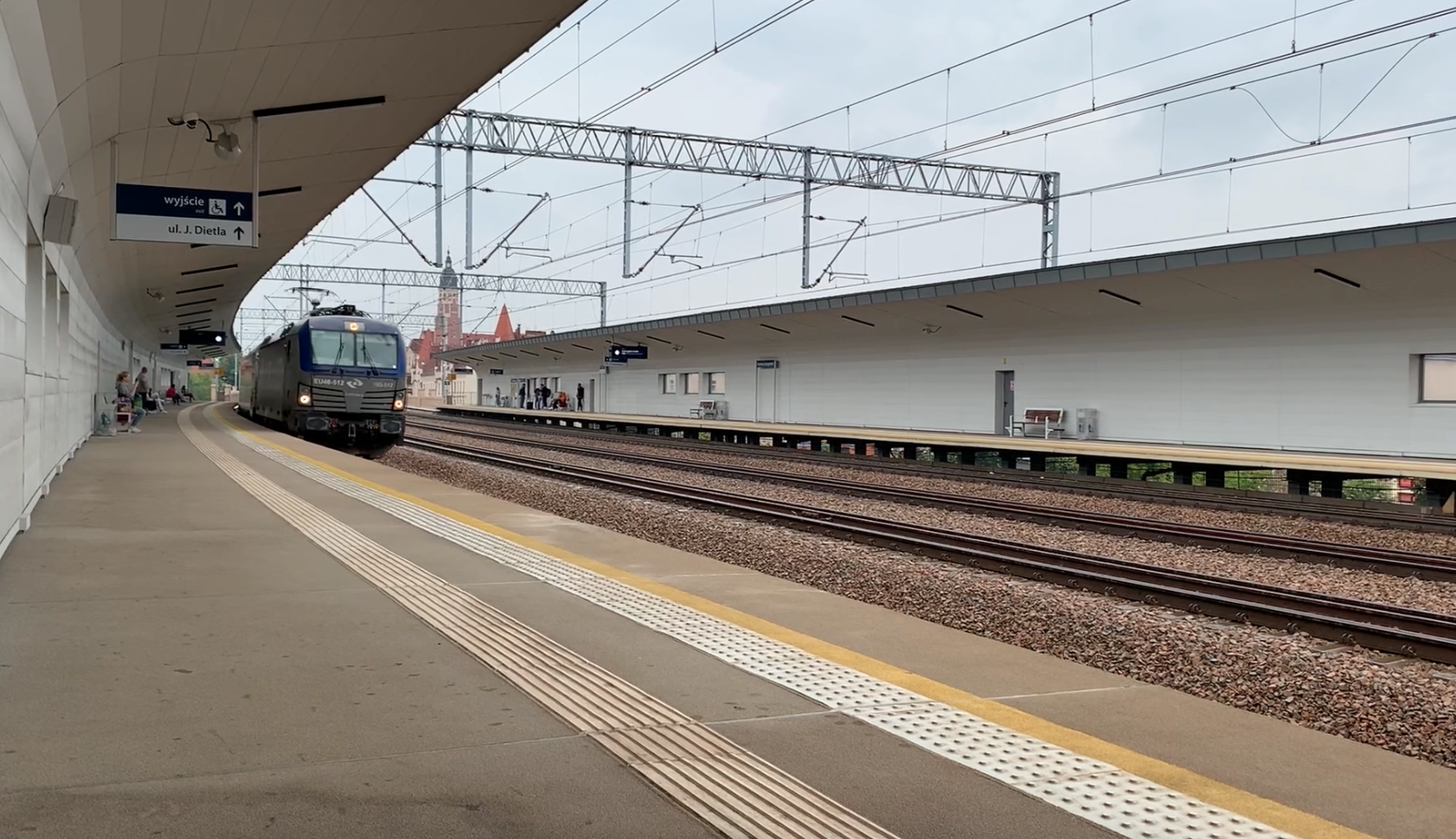
Siemens Vectron EU46-512. 2025
Kraków 2025-08-27 What is the Siemens Vectron EU46? The EU46, or Siemens Vectron MS (Multi-System), is a series of universal multi-system electric locomotives manufactured by Siemens Mobility since around 2010. In 2012, the locomotive was presented in Poland, including at Kraków Płaszów station. Following this presentation, several units were purchased by PKP Cargo. The Siemens…
-

Dragon E6ACTd-103 Electric Locomotive. 2025.
Kraków 2025-08-23 NEWAG Dragon E6ACTd-103 electric locomotive. The Newag Dragon is a family of six-axle electric locomotives designed to pull heavy freight trains weighing up to 4,500 tons. Dragon, or “Smok,” is the popular trade name for this locomotive. Dragon represents a new standard among freight locomotives, particularly suited to Polish conditions. The E6ACT Dragon…
-
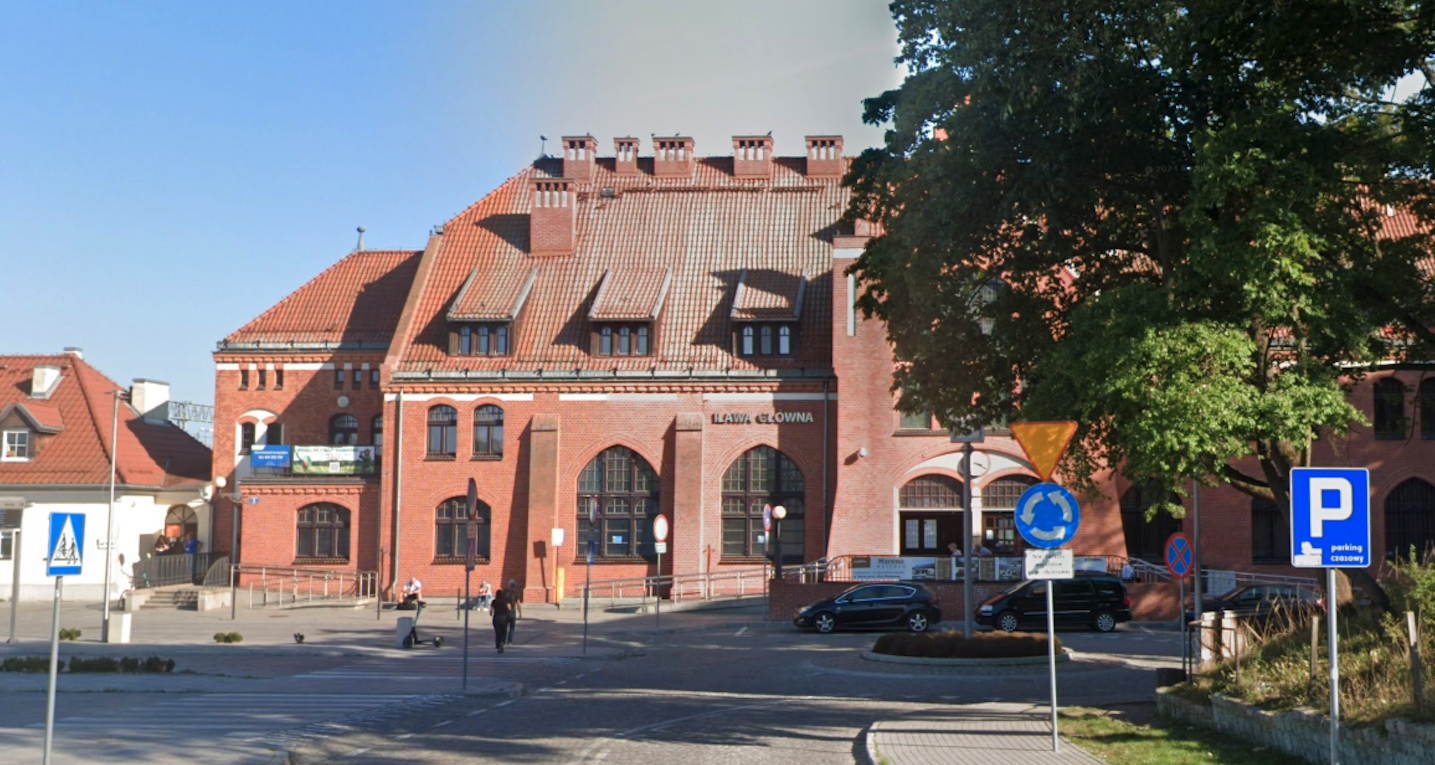
PKP Iława Główna. 2025
Iława 2025-08-23 Iława Główna Station. Geographic coordinates: 53.582N 19.573E. Elevation 110 m. Address: Dworcowa Street 3, 14-200 Iława, Poland. City of Iława. The city of Iława is a city in Poland, located in the Warmian-Masurian Voivodeship and the seat of Iława County. The city was founded in 1305. The city has an area of 21.88…
-
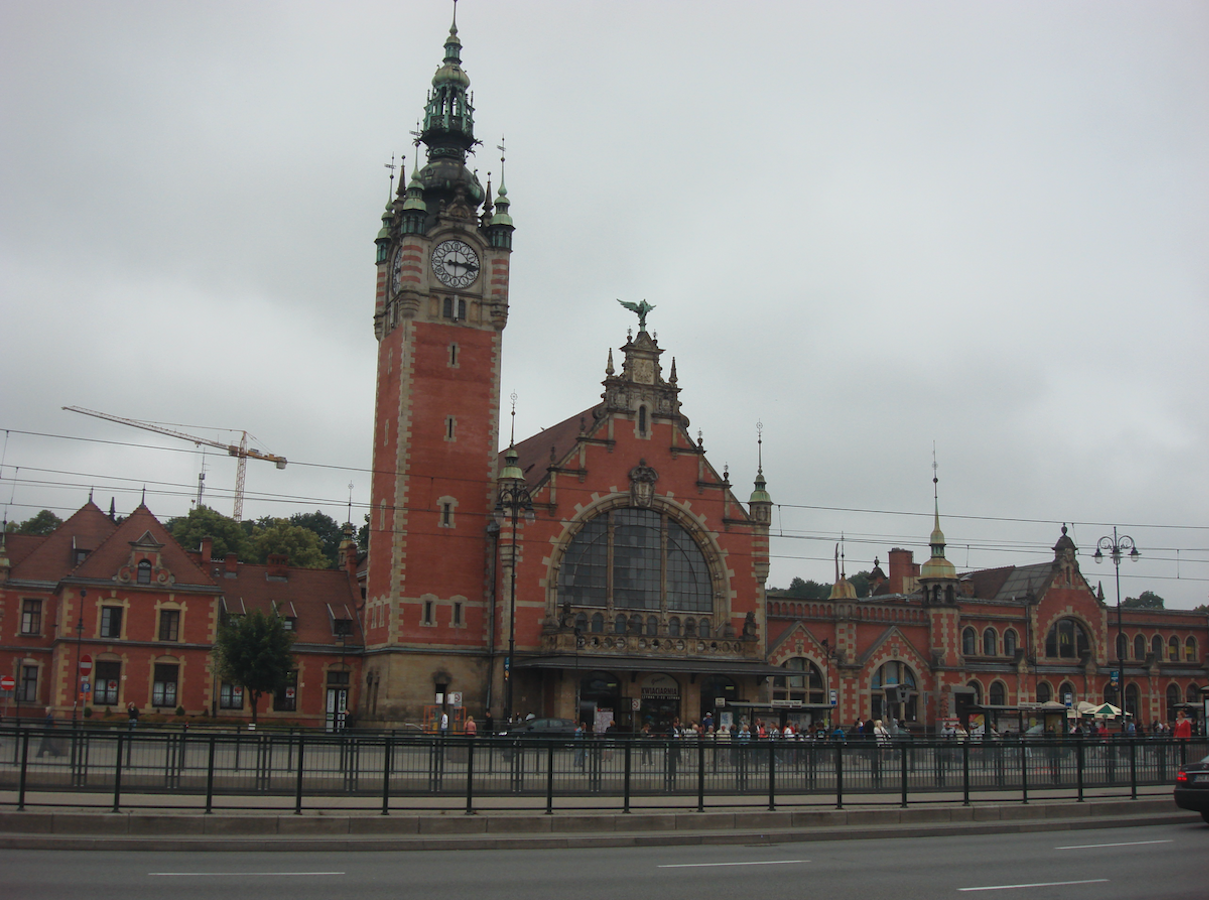
Railway line No. 9 Warsaw East – Gdańsk Główny. 2025
Warszawa 2025-08-21 Railway line No. 9 Warsaw East – Gdańsk Główny. Railway line No. 9 Warsaw East – Gdańsk Główny is the second railway line in Poland, after the CMK line, on which passenger trains can run at 200 km/h. This is thanks to the modernization of this route carried out over the past few…
-
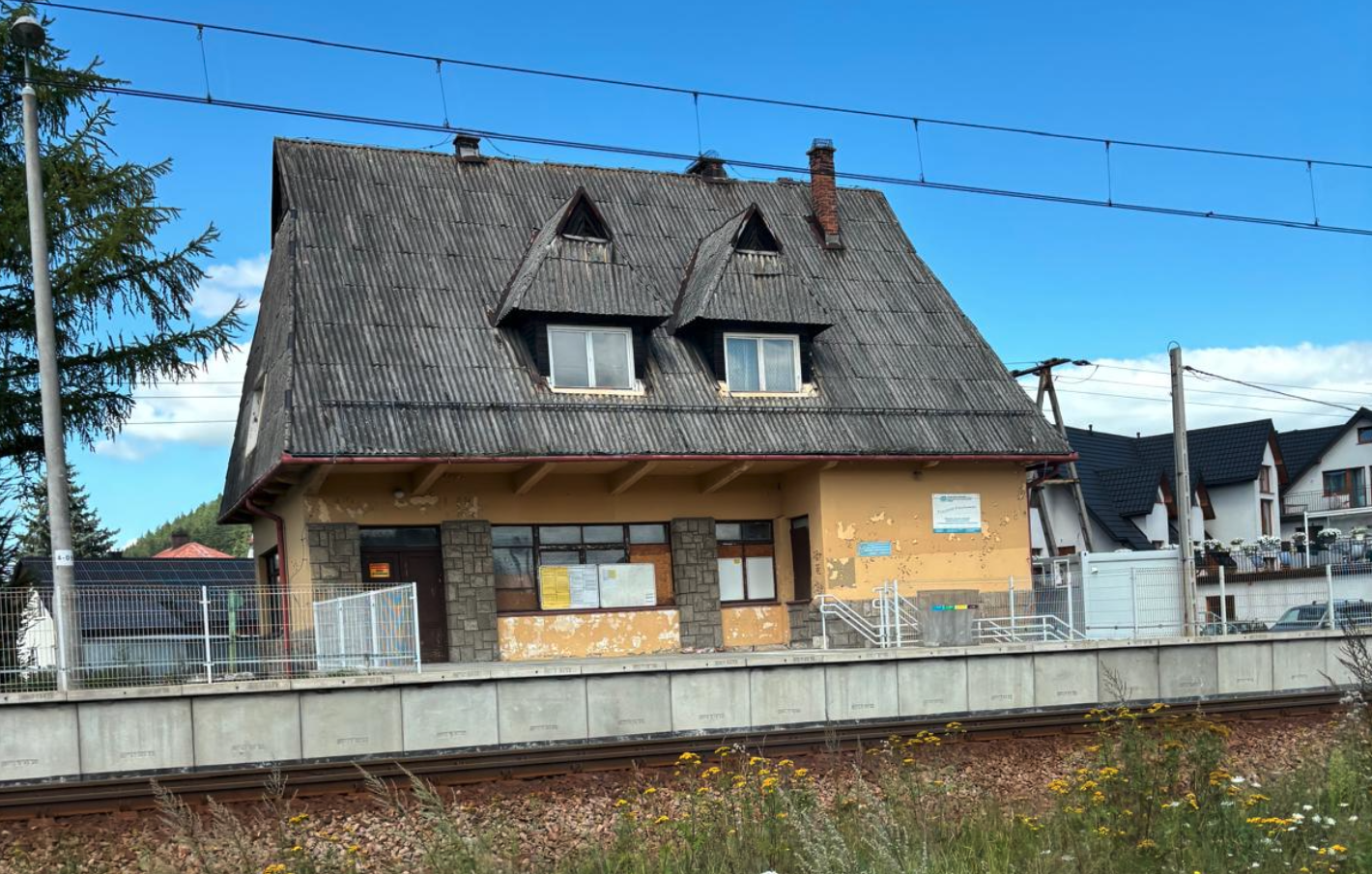
Szaflary Centrum. 2025
Szaflary 2025-08-13 Szaflary Centrum passenger stop. Geographic coordinates: 49.422N 20.019. Elevation 657 m. Address: SZAFLARY WIEŚ, 34-434 Szaflary Wieś. The stop is located at the intersection of national road no. 47, Zakopiańska Street, and Władysława Orkana Street. The Biały Dunajec River flows through Szaflary. Szaflary Centrum is an operational railway stop (passenger stop), not a…
-
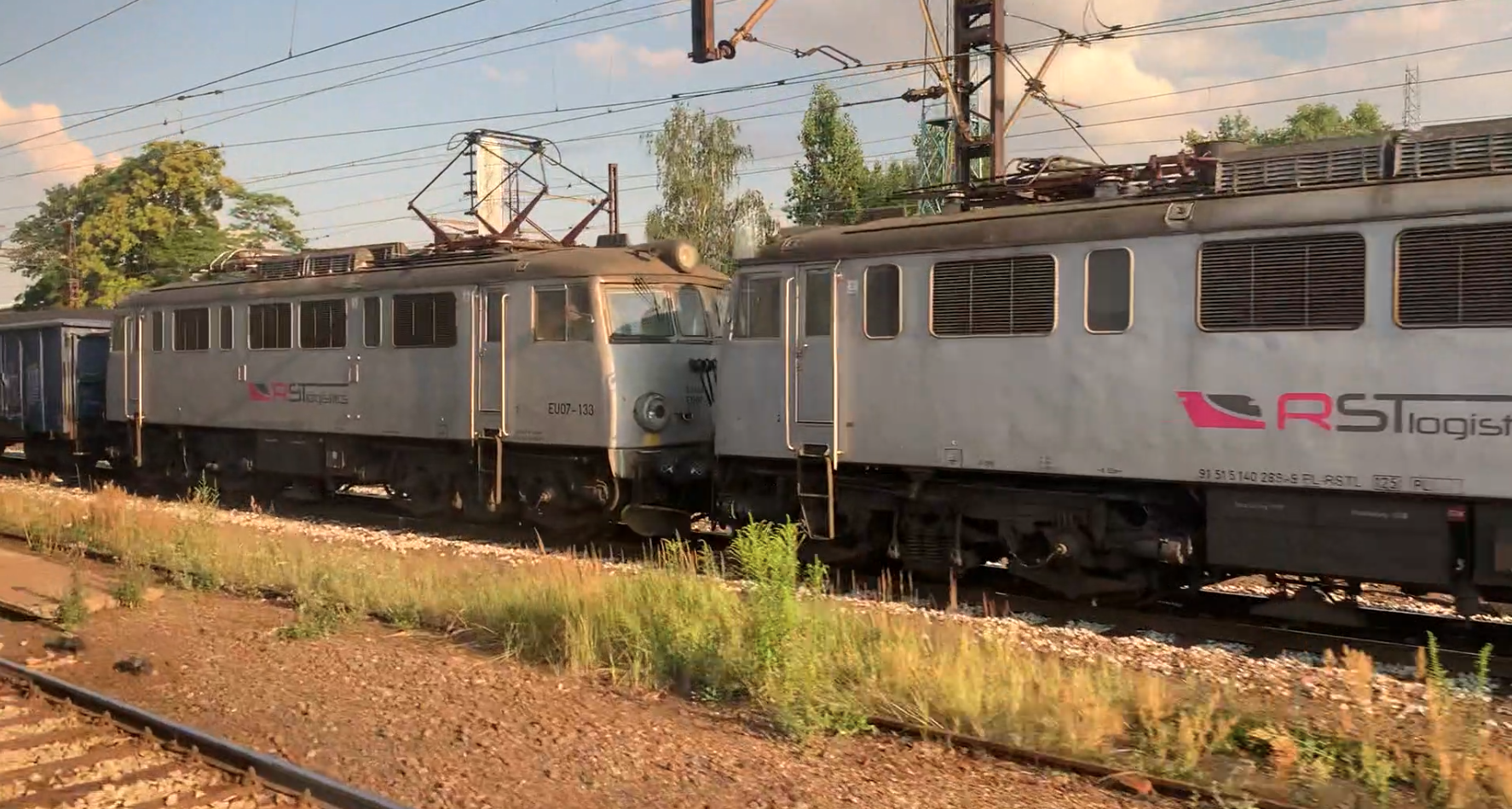
PKP Płock. 2022
Płock 2022-12-06 Płock Railway Station. Płock is a Polish city with a 1,000-year history and was also the capital of Poland. Płock is a large city in central Poland, currently a county. The city is located in the Dobrzyń Lake District, in the Płock Valley, on the Vistula River, in the Masovian Voivodeship. Fighter pilot…
-
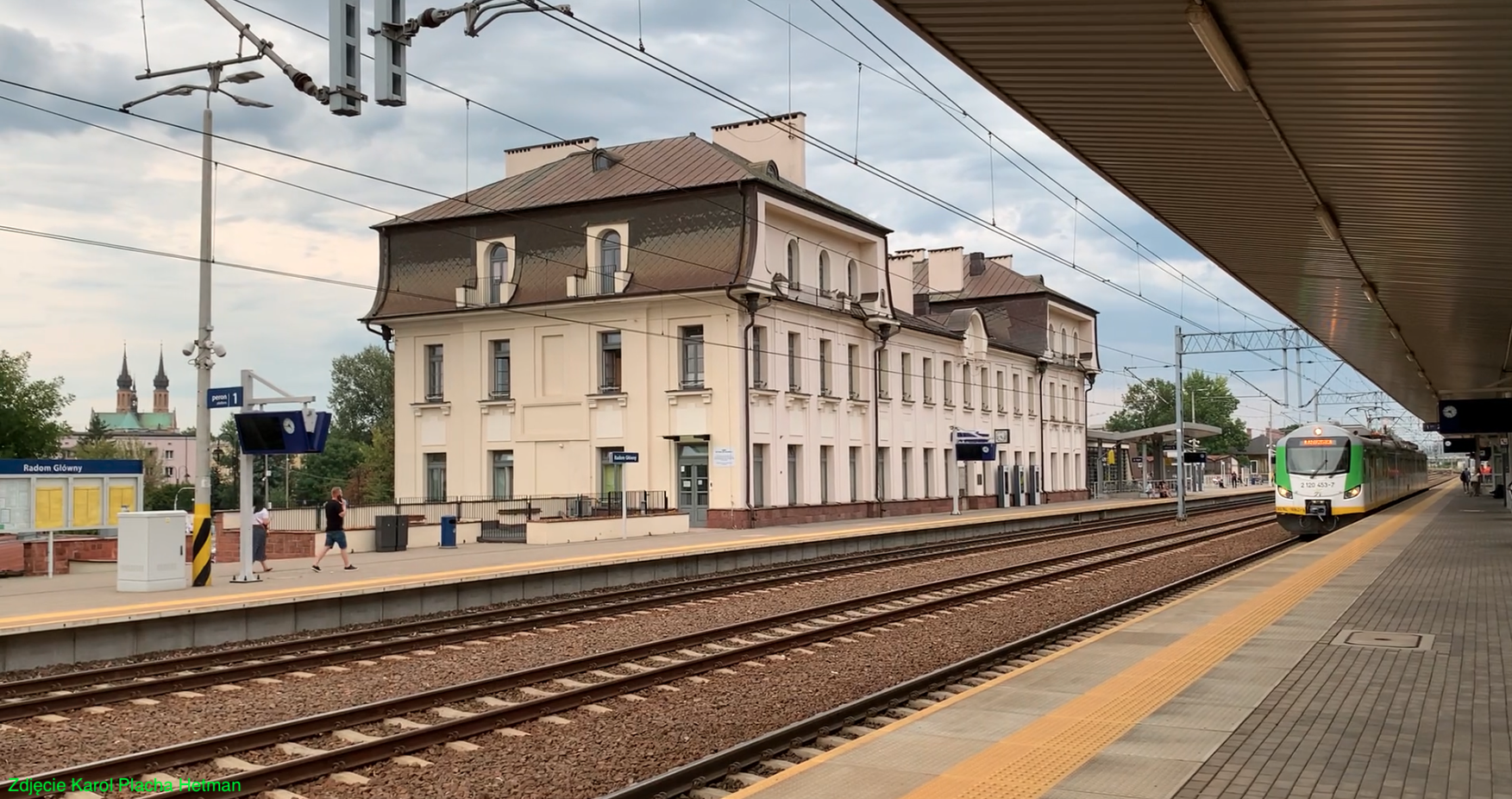
PKP Radom Główny. 2023
Radom 2023-09-06 Radom Main Railway Station. Geographic coordinates: 51.391N 21.155E. Elevation 166 m above sea level. Radom Główny is a railway station located in Radom. The station was opened on January 25, 1885, when Poland was under partition. Radom was then in the Kingdom of Poland, which was completely dependent on the Muscovite state. Currently,…